
Sanibel Island: A Tropical Paradise in Florida
Discover Sanibel Island in Florida, a tranquil paradise known for its shell-strewn beaches, abundant wildlife, and charming local culture.
Sanibel Island is a beautiful destination in Florida known for its stunning beaches and abundant wildlife. Located in the Gulf of Mexico, it offers a serene escape from the hustle and bustle of everyday life. The island is famous for its shell-strewn shores, making it a haven for shell collectors and beachcombers. As you stroll along the sandy beaches, you'll find a variety of seashells that are perfect for souvenirs or decorations. The J.N. 'Ding' Darling National Wildlife Refuge is a must-visit spot on Sanibel Island. This protected area spans over 6,400 acres and is home to a diverse range of flora and fauna. Birdwatchers will be thrilled by the sight of herons, egrets, and roseate spoonbills. The refuge also offers scenic trails and waterways, ideal for kayaking and hiking adventures. Don't forget to bring your camera to capture the stunning landscapes and wildlife. Sanibel Island also offers a rich cultural experience with its charming shops, art galleries, and local eateries. The island's laid-back atmosphere and friendly locals make it a welcoming place for visitors. Be sure to visit the Sanibel Historical Museum and Village to learn about the island's history and heritage. Whether you're looking to relax on the beach, explore nature, or immerse yourself in the local culture, Sanibel Island has something for everyone.
Local tips in Sanibel Island
- Visit during the low tide for the best shelling experience.
- Rent a bike to explore the island's many scenic bike paths.
- Pack insect repellent when visiting the wildlife refuge.
- Check the local tide charts to plan your beach activities.
- Try the fresh seafood at local restaurants for an authentic taste of the island.
Sanibel Island: A Tropical Paradise in Florida
Sanibel Island is a beautiful destination in Florida known for its stunning beaches and abundant wildlife. Located in the Gulf of Mexico, it offers a serene escape from the hustle and bustle of everyday life. The island is famous for its shell-strewn shores, making it a haven for shell collectors and beachcombers. As you stroll along the sandy beaches, you'll find a variety of seashells that are perfect for souvenirs or decorations. The J.N. 'Ding' Darling National Wildlife Refuge is a must-visit spot on Sanibel Island. This protected area spans over 6,400 acres and is home to a diverse range of flora and fauna. Birdwatchers will be thrilled by the sight of herons, egrets, and roseate spoonbills. The refuge also offers scenic trails and waterways, ideal for kayaking and hiking adventures. Don't forget to bring your camera to capture the stunning landscapes and wildlife. Sanibel Island also offers a rich cultural experience with its charming shops, art galleries, and local eateries. The island's laid-back atmosphere and friendly locals make it a welcoming place for visitors. Be sure to visit the Sanibel Historical Museum and Village to learn about the island's history and heritage. Whether you're looking to relax on the beach, explore nature, or immerse yourself in the local culture, Sanibel Island has something for everyone.
When is the best time to go to Sanibel Island?
Iconic landmarks you can’t miss
Sanibel Lighthouse
Explore the historic Sanibel Lighthouse, a captivating landmark that showcases Florida's maritime heritage and offers stunning views of the Gulf Coast.

Sanibel Historical Museum and Village
Discover the fascinating history of Sanibel Island at the Sanibel Historical Museum and Village, where the past comes to life through engaging exhibits and charming architecture.
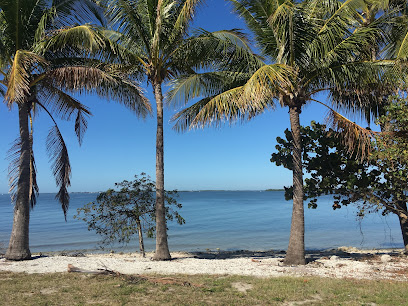
Unmissable attractions to see
Lighthouse Beach Park
Explore Lighthouse Beach Park, a stunning Sanibel destination with pristine shores, rich wildlife, and a historic lighthouse amidst tranquil coastal beauty.
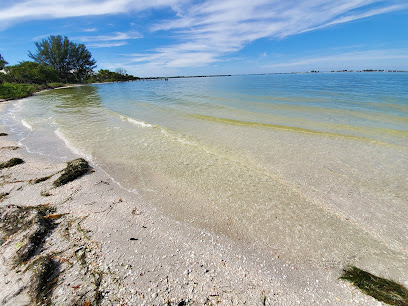
Bowman's Beach
Discover the tranquil beauty of Bowman's Beach on Sanibel Island, Florida—where soft sands, stunning sunsets, and serene nature await.
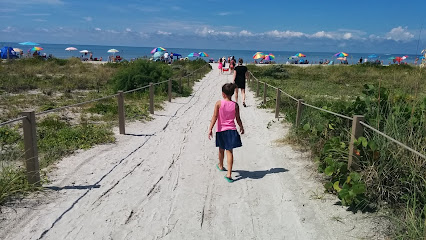
Barefoot Beach County Preserve
Explore the natural beauty of Barefoot Beach County Preserve in Bonita Springs, Florida, a serene coastal haven perfect for relaxation and outdoor adventure.

Causeway Islands Park
Experience tranquility and natural beauty at Causeway Islands Park, a premier destination for picnics, fishing, and sunsets in Sanibel, Florida.
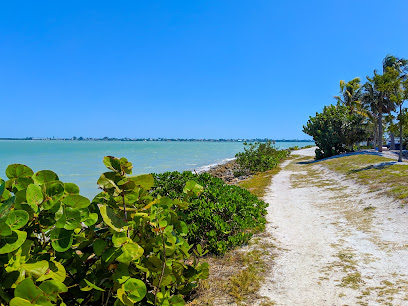
Sanibel Lighthouse
Discover the historic Sanibel Lighthouse, a stunning coastal landmark offering breathtaking views and rich maritime heritage in Sanibel Island, Florida.
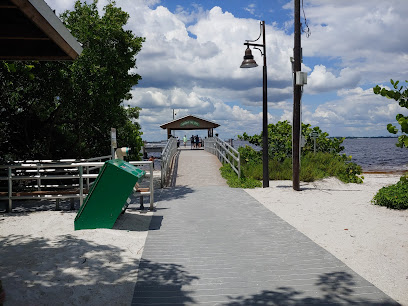
Turner Beach
Discover the tranquil beauty of Turner Beach in Captiva, Florida, where soft sands and stunning sunsets await you.

PopStroke
Experience the ultimate family fun at PopStroke in Fort Myers, where delicious dining meets exciting miniature golf and playground activities.
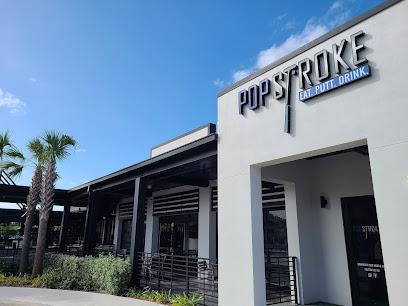
Gulfside City Park Beach
Discover the tranquil beauty of Gulfside City Park Beach in Sanibel, Florida, where pristine sands and unique seashells await your exploration.
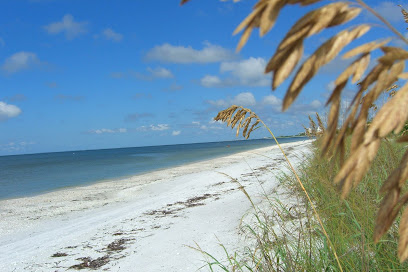
Pure Florida
Experience the best of Naples, Florida, with Pure Florida's exciting boat rentals, fishing charters, and scenic tours along the Gulf's stunning waterways.
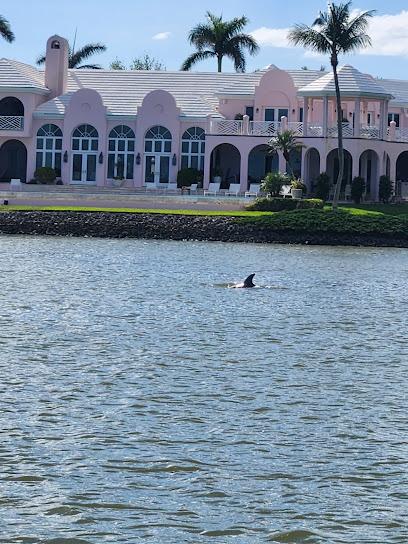
Bailey-Matthews National Shell Museum & Aquarium
Explore the enchanting world of shells and marine life at the Bailey-Matthews National Shell Museum & Aquarium on Sanibel Island.
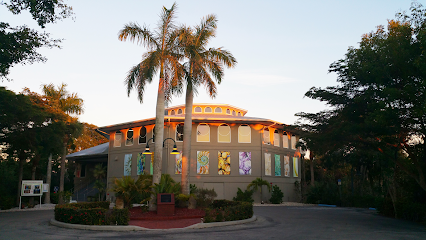
Blind Pass Beach
Explore the serene shores of Blind Pass Beach on Sanibel Island, Florida, a haven for seashell collectors and nature lovers seeking tranquility.
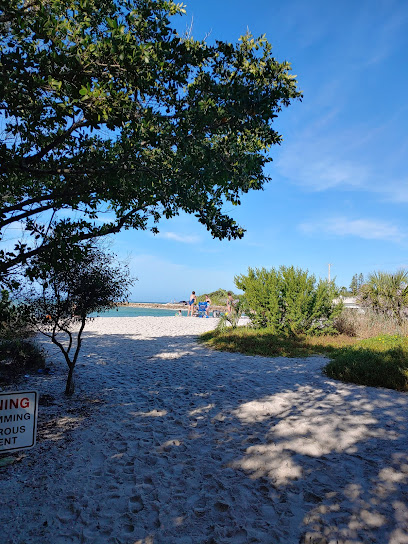
Trico Seafood Market
Discover the freshest seafood at Trico Seafood Market in Fort Myers Beach, where local flavors and community spirit meet.
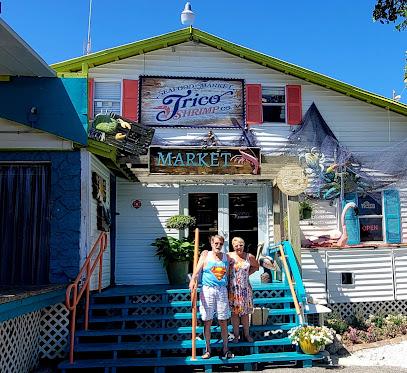
Bowman's Beach Park
Discover the serene beauty of Bowman's Beach Park, a top destination for sun, sand, and wildlife on Sanibel Island.
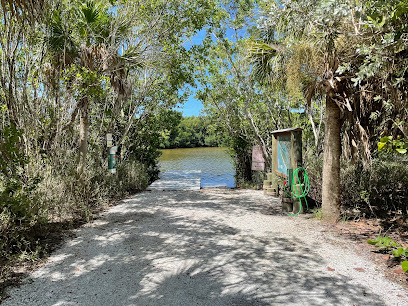
Ankrolab Brewing Company
Discover the craft beer experience at Ankrolab Brewing Company in Naples, Florida, where flavor meets community and creativity.
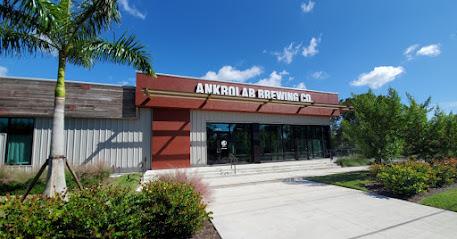
Mound House
Explore Mound House, a historical museum in Fort Myers Beach showcasing ancient Calusa culture, archaeological wonders, and beautiful botanical gardens.
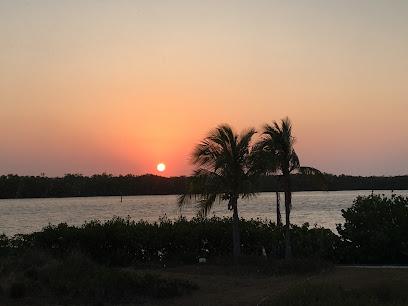
Essential places to dine
The Island Cow
Discover delicious seafood delights at The Island Cow on Sanibel Island - where local flavors meet a vibrant dining atmosphere.
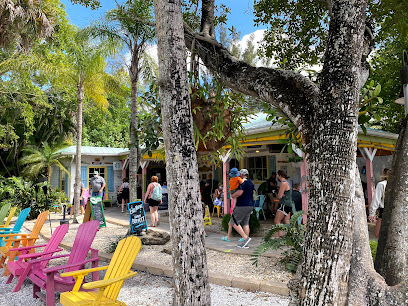
Doc Ford's Rum Bar & Grille
Experience the flavors of Florida at Doc Ford's Rum Bar & Grille—where fresh seafood meets island charm in Sanibel.
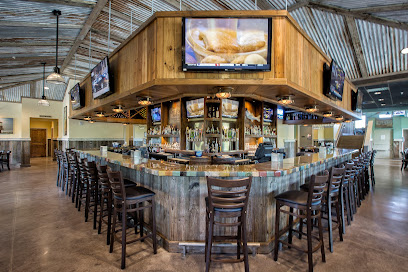
Gramma Dot's Restaurant
Experience delightful seafood dining at Gramma Dot's Restaurant in Sanibel – where fresh flavors meet island charm.
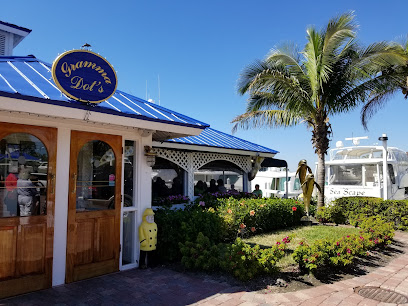
MudBugs Cajun Kitchen
Discover authentic Cajun cuisine at MudBugs Cajun Kitchen in Sanibel—where Southern flavors meet island charm.
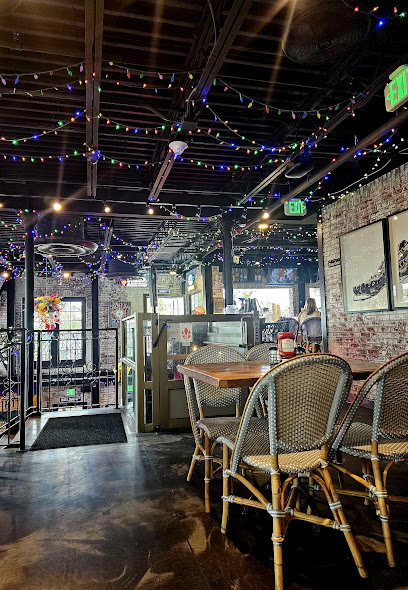
Lazy Flamingo
Discover the taste of fresh seafood at Lazy Flamingo on Sanibel Island, where every bite captures the essence of coastal dining.
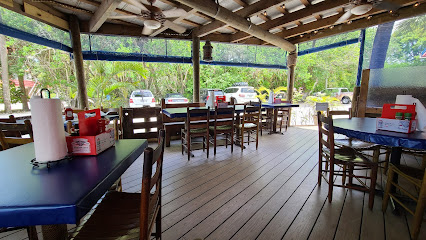
Cips Place Restaurant
Experience delightful American cuisine at Cips Place Restaurant on Sanibel Island—where every meal is a celebration of flavor.
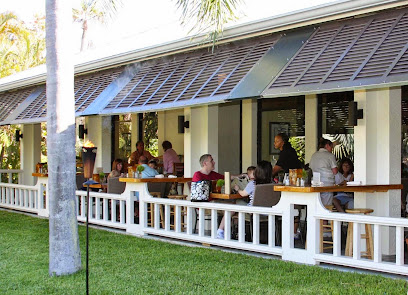
Tipsy Turtle Restaurant & Bar
Discover fresh seafood and vibrant flavors at Tipsy Turtle Restaurant & Bar in Sanibel - your perfect dining escape!
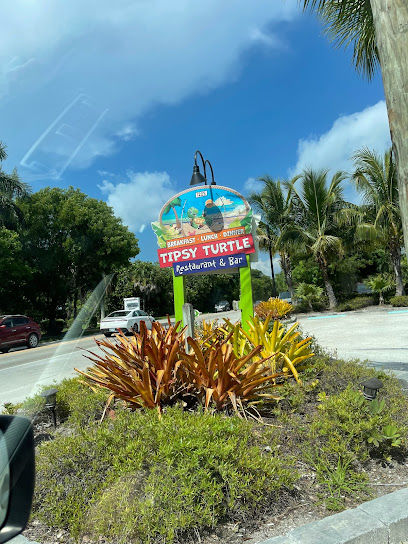
Traders Restaurant on Sanibel
Experience exquisite seafood and vibrant ambiance at Traders Restaurant on Sanibel Island - your destination for fine dining and live music.
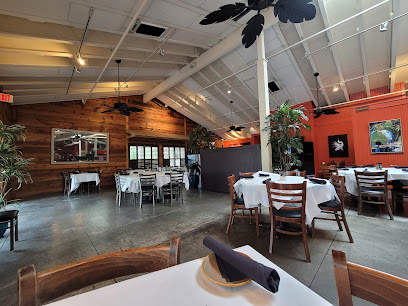
The Mad Hatter Restaurant
Discover exquisite New American cuisine at The Mad Hatter Restaurant in Sanibel - where culinary creativity meets stunning views.
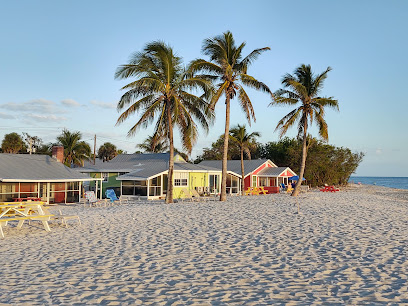
Thistle Lodge Beachfront Restaurant
Discover exquisite seafood and stunning ocean views at Thistle Lodge Beachfront Restaurant on Sanibel Island.
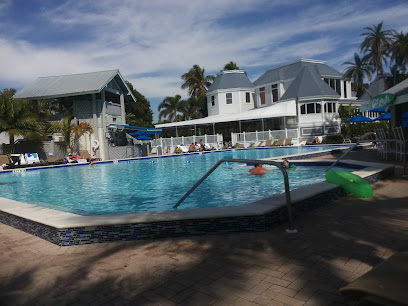
Sweet Melissa's Cafe
Experience culinary creativity at Sweet Melissa's Cafe on Sanibel Island - where fresh ingredients meet innovative dishes in a charming coastal atmosphere.
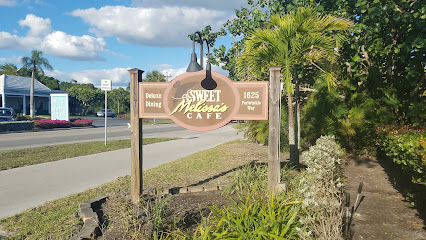
Bleu Rendezvous French Bistro
Experience authentic French cuisine at Bleu Rendezvous French Bistro - where every dish tells a story of culinary excellence.

Markets, malls and hidden boutiques
Jerry's Shopping Center
Explore Jerry's Shopping Center in Sanibel, Florida, for unique shopping experiences, local products, and delightful island charm.
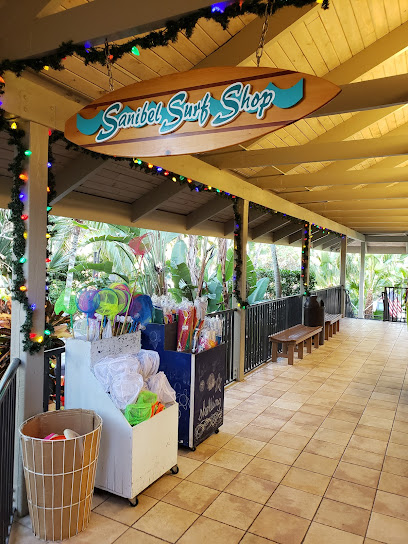
She Sells Sea Shells
Discover the charm of Sanibel Island at She Sells Sea Shells, a delightful gift shop showcasing seashells and local treasures.
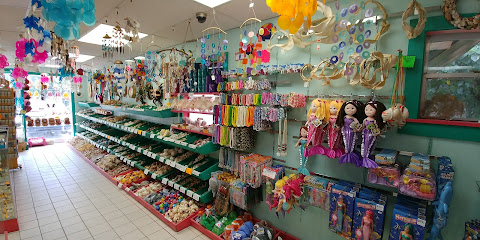
Periwinkle Place
Experience the essence of Sanibel Island shopping at Periwinkle Place, where unique boutiques and local eateries await.
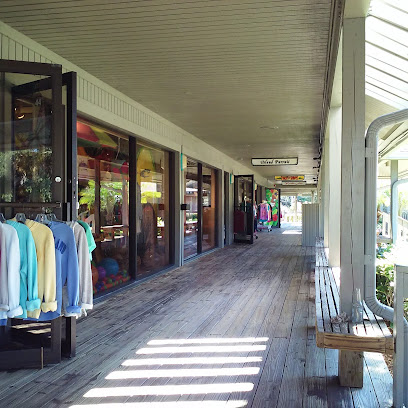
Tahitian Gardens
Explore the vibrant Tahitian Gardens for unique gifts, stylish clothing, and exquisite jewelry in the heart of Sanibel, Florida.
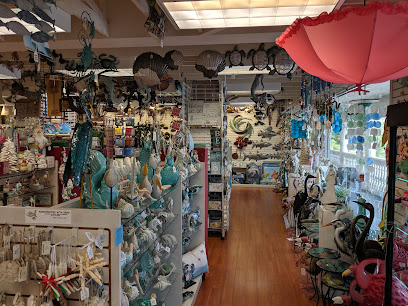
Sanibel Center
Discover unique souvenirs and local treasures at the Sanibel Center, your go-to shopping destination on Sanibel Island.
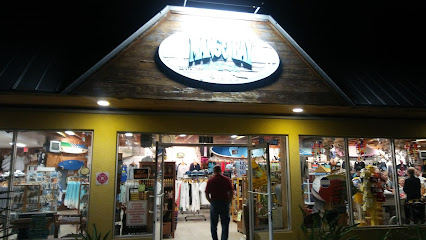
SWF Mango Bay Sanibel
Discover stylish swimsuits and beachwear at SWF Mango Bay, a unique shopping destination in Sanibel, Florida.

Island Gifts
Explore Island Gifts in Sanibel, Florida - your destination for unique souvenirs, local crafts, and beach-themed treasures.

Shiny Objects
Discover unique jewelry and local crafts at Shiny Objects, Sanibel's premier destination for exquisite silversmith creations and vibrant souvenirs.
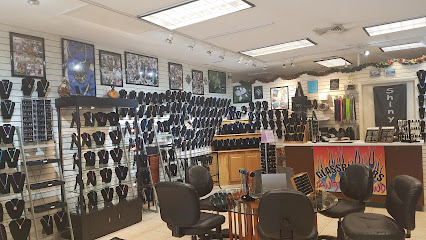
MacIntosh Books + Paper
Explore MacIntosh Books + Paper, your go-to destination for unique gifts, captivating literature, and exquisite stationery in Sanibel, Florida.
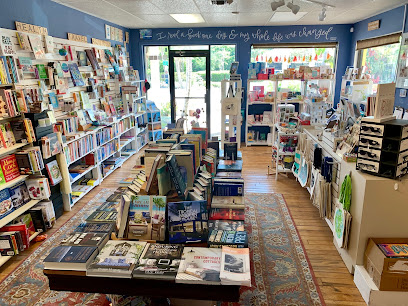
Sanibel Surf Shop
Explore the Sanibel Surf Shop for beachwear, souvenirs, and all your coastal essentials on beautiful Sanibel Island, Florida.
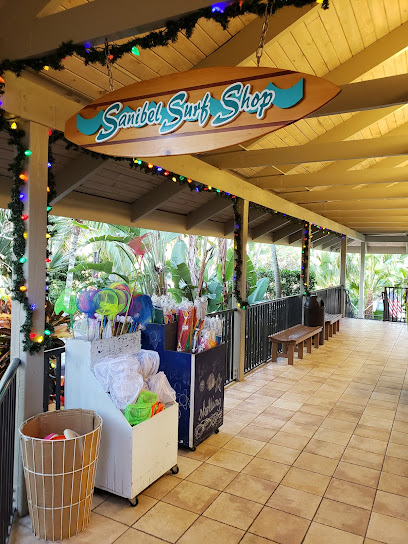
Tuttle's Seahorse Shell Shop
Explore Tuttle's Seahorse Shell Shop in Sanibel, the ultimate destination for unique seashells and coastal gifts that capture the island's charm.
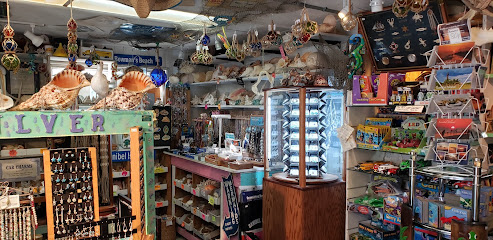
Adventures In Paradise Outfitters to the Outsiders
Discover the essence of island life at Adventures In Paradise Outfitters, your go-to shop for stylish clothing and gear in Sanibel.
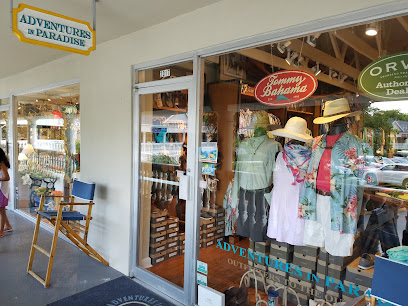
Suncatchers
Explore Suncatchers in Sanibel, FL for unique gifts, handmade crafts, and local art that capture the essence of your visit.
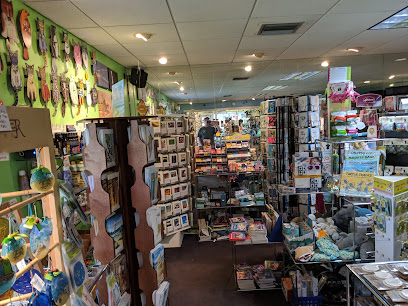
The Village Shops
Explore the vibrant shopping and dining experience at The Village Shops, Sanibel's hidden gem, showcasing local art and boutique treasures.
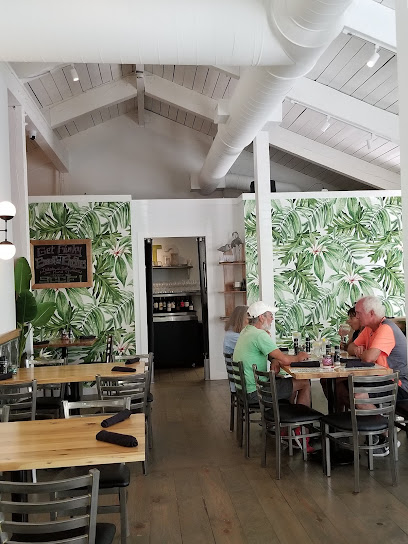
Wilford & Lee
Explore Wilford & Lee in Sanibel, Florida – a delightful gift shop filled with unique home goods and decorative treasures that capture the island's charm.
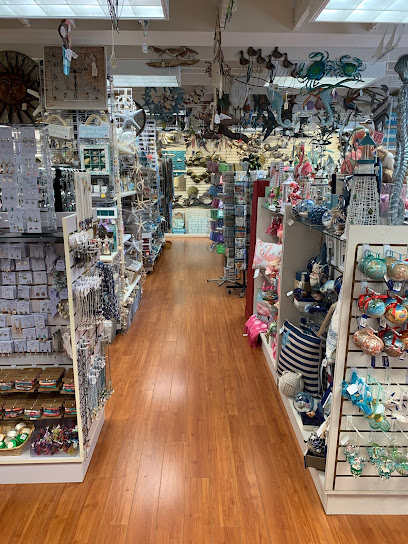
Essential bars & hidden hideouts
The Island Cow
Discover vibrant seafood dishes and a lively atmosphere at The Island Cow, Sanibel's favorite spot for fresh flavors and fun.
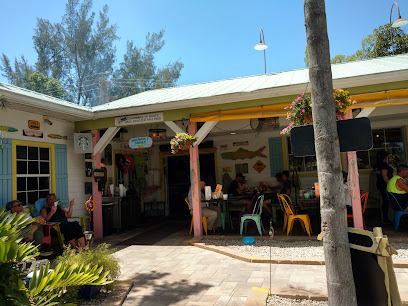
Doc Ford's Rum Bar & Grille
Experience the vibrant flavors and stunning views at Doc Ford's Rum Bar & Grille, a must-visit seafood restaurant in Sanibel, Florida.

The Mucky Duck Restaurant
Discover The Mucky Duck Restaurant - A Captivating Dining Destination with Live Music and Coastal Charm on Captiva Island.
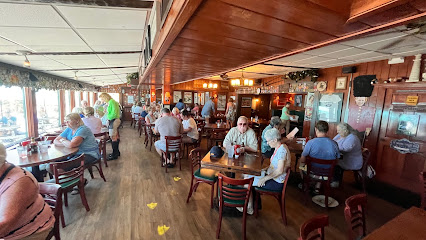
Gramma Dot's Restaurant
Experience the best seafood on Sanibel Island at Gramma Dot's Restaurant, where fresh flavors meet a warm, inviting atmosphere.
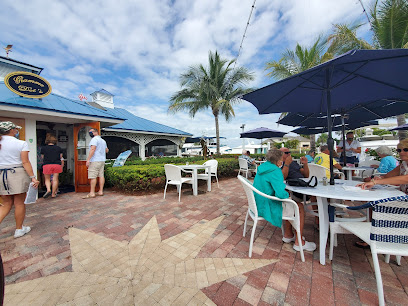
MudBugs Cajun Kitchen
Discover the authentic taste of Cajun cuisine at MudBugs Cajun Kitchen, where every bite is a celebration of flavor and Southern hospitality.
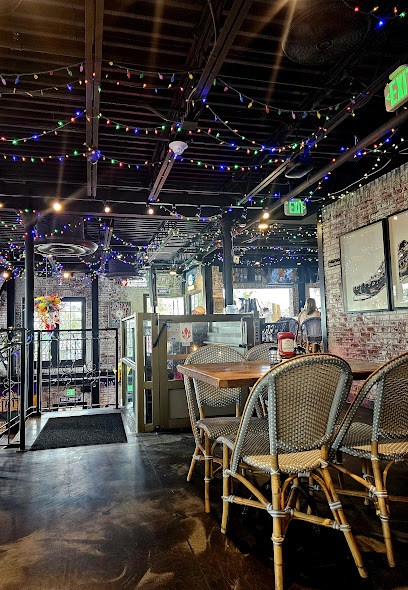
Lighthouse Cafe of Sanibel Island
Experience the best breakfast on Sanibel Island at Lighthouse Cafe, where culinary delights meet a charming atmosphere.
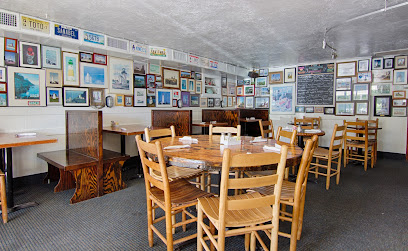
Blue Giraffe Restaurant
Experience the flavors of Sanibel Island at Blue Giraffe Restaurant, where fresh seafood and hearty breakfasts await in a vibrant atmosphere.
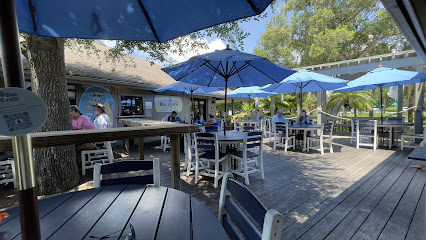
Timbers Restaurant
Discover Timbers Restaurant on Sanibel Island for a delicious seafood experience, featuring fresh catches and a vibrant atmosphere perfect for any occasion.
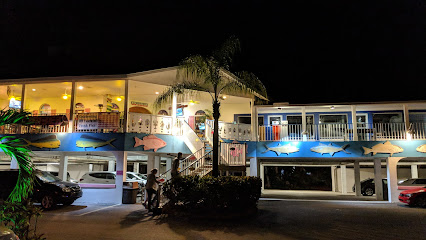
Cips Place Restaurant
Indulge in a delightful American dining experience at Cips Place Restaurant, a must-visit gem in scenic Sanibel, Florida.
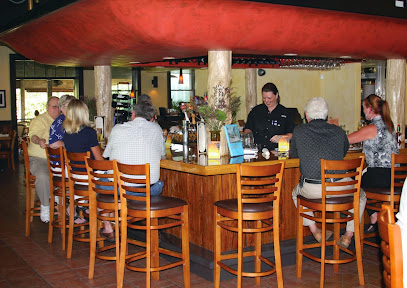
Tipsy Turtle Restaurant & Bar
Discover the vibrant flavors and welcoming atmosphere of Tipsy Turtle Restaurant & Bar on Sanibel Island, where culinary delights meet island charm.
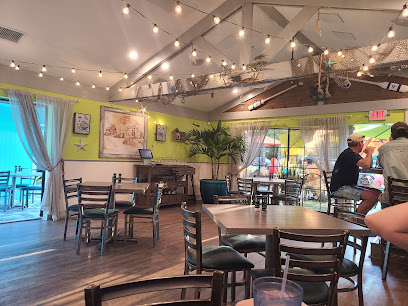
Island Pizza Restaurant
Discover Island Pizza Restaurant in Sanibel for a delicious pizza experience with a vibrant atmosphere and diverse menu offerings.
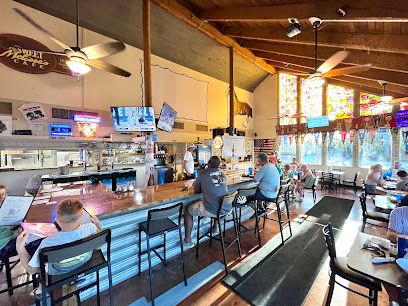
Traders Restaurant on Sanibel
Explore Traders Restaurant in Sanibel for a remarkable dining experience with seafood delights, signature cocktails, and live music in a stunning setting.
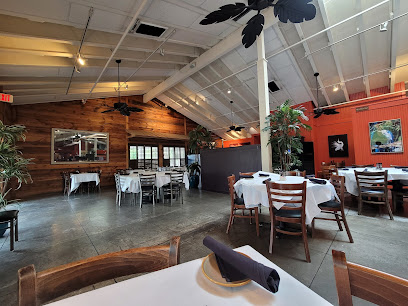
The Mad Hatter Restaurant
Experience the charm and exquisite flavors of New American cuisine at The Mad Hatter Restaurant on Sanibel Island.
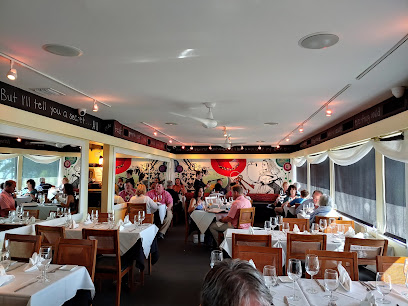
Sanibel Grill
Experience the best of Sanibel Island dining at Sanibel Grill, where fresh seafood meets a vibrant sports bar atmosphere.
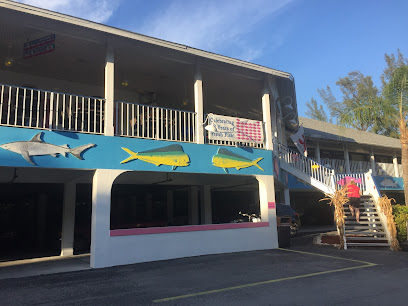
Thistle Lodge Beachfront Restaurant
Experience the best of seafood and American cuisine at Thistle Lodge, Sanibel's beachfront treasure with stunning views and exceptional service.
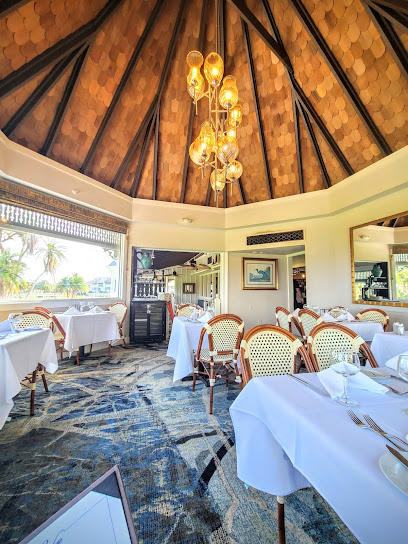
Local Phrases about Sanibel Island
-
- HelloHafa adai
[HA-fa a-DIE] - GoodbyeAdios
[a-DIOSS] - YesHågu
[HA-gu] - NoTi
[TEE] - Please/You're welcomePor fabor
[por fa-BOR] - Thank youGracias
[GRA-sias] - Excuse me/SorryDisculpa
[dis-CUL-pa] - How are you?Kao si un biahi?
[KAO si un BEE-a-hee] - Fine. And you?Maolek. Ya hao?
[ma-OLEK. ya HAO?] - Do you speak English?Fumåtgot hao i fino' Chamoru?
[fu-MA-tgot hao i FI-no cha-MO-ru] - I don't understandTi hu tungo'
[TEE hu TUN-go]
- HelloHafa adai
-
- I'd like to see the menu, pleaseLao' hu manu, por fabor
[LA-oh hu MA-nu, por fa-BOR] - I don't eat meatTi hu kumuentos
[TEE hu ku-men-TOS] - Cheers!Biba!
[BEE-ba] - I would like to pay, pleaseLao' hu pago, por fabor
[LA-oh hu PA-go, por fa-BOR]
- I'd like to see the menu, pleaseLao' hu manu, por fabor
-
- Help!Ayudame!
[ayu-DA-me] - Go away!Ina'fa'mås
[i-na-FA-mos] - Call the Police!Llamåt polisia!
[ya-ma-T po-li-SIA] - Call a doctor!Llamåt såkkan!
[ya-ma-T SOK-kan] - I'm lostHu humånao
[hu hu-MA-nao] - I'm illHu manmåta
[hu man-MA-ta]
- Help!Ayudame!
-
- I'd like to buy...Lao' hu kumpra...
[LA-oh hu kum-PRA...] - I'm just lookingAplau hu manångga
[a-PLAU hu ma-NANG-ga] - How much is it?Kånto bai?
[KAN-to BAI?] - That's too expensiveMångge na taotao
[MANG-ge na ta-O-tao] - Can you lower the price?Fumåtgot hao para na bai?
[fu-MA-tgot hao PA-ra na BAI?]
- I'd like to buy...Lao' hu kumpra...
-
- What time is it?Kåntos na ora?
[KAN-tos na O-ra] - It's one o'clockEstague na ora
[es-TA-gue na O-ra] - Half past (10)Månu gi hu hagas (10)
[MANU gi hu HA-gas (10)] - MorningTåna
[TA-na] - AfternoonAgupa'
[a-GU-pa] - EveningGåbi
[GA-bi] - YesterdayKålan manmaloffan
[KAN-lan man-ma-LOF-fan] - TodayÑora
[nyo-RA] - TomorrowMångga
[MANG-ga] - 1Månta
[MAN-ta] - 2Måttuos
[ma-TU-os] - 3Målågu
[ma-LA-gu] - 4Måfat
[ma-FAT] - 5Måsåni
[ma-SA-ni] - 6Mågof
[ma-GOF] - 7Måfiti
[ma-FI-ti] - 8Måsonge
[ma-SON-ge] - 9Måsiva
[ma-SEE-va] - 10Måpula
[ma-PU-la]
- What time is it?Kåntos na ora?
-
- Where's a/the...?Hu hassan i...
[hu ha-SAN i...] - What's the address?Kåntos na direksion?
[KAN-tos na di-rek-SION] - Can you show me (on the map)?Fumåtgot hao para u na'show (gi hilo)?
[fu-MA-tgot hao PA-ra u na-SHOW (gi HI-lo)] - When's the next (bus)?Kåntos na tiempo i (guagua) mas proximo?
[KAN-tos na TIEM-po i (gua-GUA) mas pro-SI-mo] - A ticket (to ....)Un bilite (para i ....)
[un bi-LI-te (PA-ra i ....)]
- Where's a/the...?Hu hassan i...
History of Sanibel Island
-
Long before European explorers set foot on Sanibel Island, it was home to the Calusa Indians, a powerful and complex society. The Calusa, known as the 'Shell People' due to their extensive use of shells in tools, jewelry, and building materials, thrived on the island for over a thousand years. They established intricate canal systems and large shell mounds, some of which still exist today as archaeological sites. Their legacy is evident in the numerous artifacts and shell mounds scattered across the island.
-
In the early 16th century, Spanish explorers, including Juan Ponce de León, arrived in the region. Sanibel Island, like much of Florida, came under Spanish control. Ponce de León is often credited with naming the island, although the exact origins of the name 'Sanibel' are still debated. The Spanish influence introduced new flora and fauna to the island, some of which have become integral parts of its ecosystem.
-
During the American Civil War, Sanibel Island played a minor yet notable role. The Union Navy used the island's strategic location to monitor Confederate shipping routes in the Gulf of Mexico. Although no major battles occurred on the island, its proximity to key maritime routes made it an important lookout point. The remnants of this period include stories of shipwrecks and naval skirmishes off its coast.
-
In the late 19th century, Sanibel saw its first permanent settlers. These pioneers, mainly farmers and fishermen, established the island's first communities. The fertile soil and favorable climate made it ideal for growing crops like tomatoes, peppers, and citrus fruits. The Sanibel Packing Company, established in the early 1900s, became a central hub for agricultural trade. The island's early agricultural economy laid the foundation for its later development.
-
Constructed in 1884, the Sanibel Island Lighthouse is one of the island's most iconic historical landmarks. It was built to guide ships through the dangerous waters of the Gulf of Mexico and into the port of Punta Rassa. The lighthouse and its keeper's quarters stand as a testament to the island's maritime heritage. Today, it remains a popular tourist attraction, offering visitors a glimpse into the island's navigational history.
-
Sanibel Island is renowned for its commitment to conservation and environmental protection. In 1945, Jay Norwood 'Ding' Darling, a political cartoonist and conservationist, spearheaded the establishment of the J.N. 'Ding' Darling National Wildlife Refuge. This refuge, covering over 6,400 acres, is home to a diverse array of wildlife, including migratory birds, alligators, and manatees. The island's focus on preserving its natural beauty and biodiversity continues to attract nature enthusiasts from around the world.
-
Opened in 1963, the Sanibel Causeway transformed the island by providing a direct link to mainland Florida. Before the causeway, access to Sanibel was only possible by boat. The construction of the causeway spurred development and tourism, making the island more accessible to visitors and residents alike. Despite this increased connectivity, Sanibel has managed to retain its charm and commitment to environmental preservation.
Sanibel Island Essentials
-
Sanibel Island is accessible via the Sanibel Causeway, which connects the island to the city of Fort Myers on the mainland. The nearest major airport is Southwest Florida International Airport (RSW) in Fort Myers, approximately 30 miles away. From the airport, you can rent a car, take a taxi, or use a ride-sharing service to reach Sanibel Island. There are also shuttle services available that offer direct transfers to the island.
-
Once on Sanibel Island, you can navigate the area by car, bicycle, or on foot. The island is well-known for its extensive network of bike paths, making cycling a popular and eco-friendly option. Car rentals are available, and parking is generally accessible at most attractions. Public transportation options are limited, so renting a car or bike is recommended for convenience.
-
The official currency is the United States Dollar (USD). Credit and debit cards are widely accepted at hotels, restaurants, and shops. ATMs are available on the island for cash withdrawals. It is advisable to carry some cash for smaller establishments, local markets, and tipping.
-
Sanibel Island is generally a safe destination for tourists. However, it's always wise to exercise standard precautions. Avoid leaving valuables unattended on the beach or in your car. While the island has a low crime rate, it's advisable to stay in well-lit and populated areas at night. There are no specific neighborhoods with high crime rates targeting tourists.
-
In case of emergency, dial 911 for immediate assistance. Sanibel has a local police department, fire station, and medical facilities. For minor health issues, there are pharmacies on the island where you can purchase over-the-counter medications. It is recommended to have travel insurance that covers medical emergencies.
-
Fashion: Do wear comfortable and casual clothing suitable for a beach environment. Don't forget sunscreen and a hat to protect yourself from the sun. Religion: There are no specific religious customs to be aware of, but always be respectful when visiting local places of worship. Public Transport: Public transportation is limited, so renting a car or bike is advisable. Greetings: Do greet people with a smile and a friendly 'hello.' Islanders are generally welcoming and polite. Eating & Drinking: Do try the local seafood and enjoy the island's dining options. Don't litter; help keep the island's beaches and environment clean.
-
To experience Sanibel Island like a local, consider visiting the Sanibel Island Farmers Market, held on Sundays, to buy fresh produce and local goods. Shelling is a popular activity; head to Bowman’s Beach or Lighthouse Beach for the best finds. For a unique experience, rent a kayak or paddleboard to explore the island's mangroves and waterways. Don't miss the J.N. 'Ding' Darling National Wildlife Refuge for bird-watching and nature trails.
Nearby Cities to Sanibel Island
-
Things To Do in Fort Myers
-
Things To Do in Sarasota
-
Things To Do in Sebring
-
Things To Do in St. Petersburg
-
Things To Do in Tampa
-
Things To Do in Clearwater
-
Things To Do in Homestead
-
Things To Do in Fort Lauderdale
-
Things To Do in Stuart
-
Things To Do in Miami
-
Things To Do in Ft. Pierce
-
Things To Do in Key West
-
Things To Do in Key Largo
-
Things To Do in Orlando
-
Things To Do in Bimini










